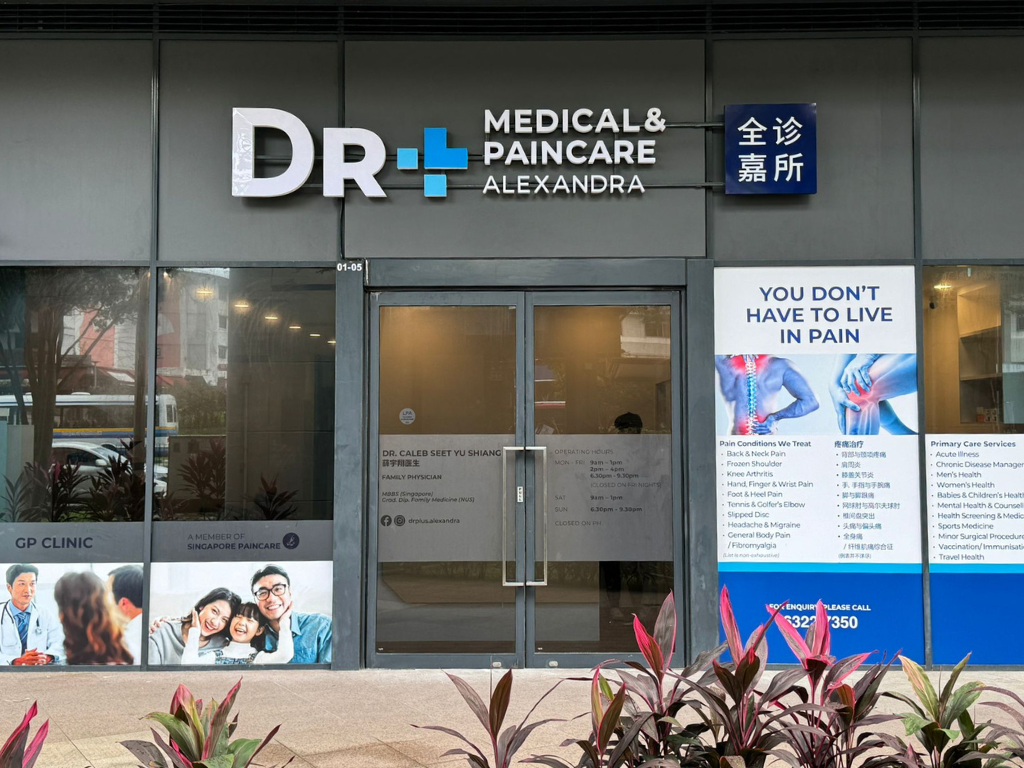Platelet-Rich Plasma Prolotherapy

Platelet-Rich Plasma Prolotherapy
Platelet-Rich Plasma (PRP) Therapy is a medical treatment that utilises a patient’s own blood components to promote the healing and regeneration of various body tissues.
In PRP Therapy, a concentration of 94% platelets is utilised, providing at least seven growth factors that enhance the healing process. These platelets contain a range of proteins, cytokines, and other bioactive factors that help initiate and regulate fundamental aspects of natural wound healing, promoting the stimulation of tissue repair. When concentrated platelets are applied to damaged areas, the activated platelets act as signals to distant repair cells, including adult stem cells, prompting them to converge at the injury site. Increasing the volume of platelets consequently enhances the subsequent influx of repair and stem cells.
PRP Therapy has a broad application in treating musculoskeletal conditions, such as tendon injury, ligament sprains, back and neck pain, tennis/golfer’s elbow, ankle pain, joint laxity and instability, jogger’s heel, shoulder, knee pain and other joint pain.
Who can benefit from Platelet-Rich Plasma (PRP) Prolotherapy?
PRP Therapy, due to its potential in enhancing tissue healing and regeneration, is applicable to a broad range of clinical conditions.
The conditions suitable for PRP treatment include but not limited to below:
• Painful joints (e.g. arthritis/ osteoarthritis)
• Muscle and tendon tears (e.g. achilles tendonitis)
• Ligament sprains and tears
• Acute or chronic pain and injuries of the knee, elbow, back, neck and shoulder (e.g. tennis elbow, frozen shoulder)
• Chronic plantar fasciitis (heel pain)
What To Expect During The Treatment?
Our medical team will take a blood sample from the patient, which is then processed in a centrifuge machine to separate the platelets from other blood cells. Following the separation, we extract the concentrated PRP and administer it through injection at the injured site.
Is PRP Therapy Suitable for Everyone?
PRP injection is a safe treatment when performed under sterile and clean conditions. It involves using cells extracted from your own blood, eliminating the possibility of your body rejecting its own cells.
Due to the minimal risk and associated side effects with PRP, we often suggest this option to patients who have not experienced relief with conventional treatments, including physical therapy and over-the-counter anti-inflammatory medications. Individuals with certain blood disorders, active infections, certain types of cancer, or those on specific medications may not be ideal candidates. Speak to our Doctors to assess your suitability.
PRP (Platelet-rich Plasma) Therapy Process
Struggling With Persistent Pain?
Consult one of our DR+ today for a detailed consultation & personalised treatment plan.
Frequently Asked Questions
What Conditions Can PRP Therapy Effectively Treat?
PRP Therapy is used in the treatment of a variety of conditions, including chronic tendon injuries, osteoarthritis and muscle injuries. It is particularly noted for its effectiveness in treating conditions involving tendons, such as tennis elbow and achilles tendonitis.
How Long Does It Take to See Results from PRP Therapy?
The time frame for seeing results from PRP Therapy varies depending on the condition being treated and the individual’s healing response. Patients may notice improvements in the first few weeks after treatment.
Is PRP Therapy Painful?
Patients may experience discomfort or mild pain during the injection, which is generally well-tolerated. Post-procedural pain at the injection site is also common but usually subsides within a few days.
How Many PRP Sessions Are Typically Required?
The number of PRP sessions varies based on the specific condition and severity. Some patients may see improvement after a single treatment, while others may require repeated sessions, spaced several weeks apart to see or feel results as the healing effects of PRP therapy are accumulative.
Can PRP Therapy Be Combined with Other Treatments?
Yes, PRP Therapy can be applied as a standalone treatment or combined with other treatments to reduce pain, accelerate healing and improve recovery, such as physical therapy, medications, or even surgical interventions, depending on the condition being treated. Discuss with our doctors for an optimal treatment plan.
PRP therapy should be used as part of a larger treatment plan to reduce pain and improve function.
What Is the Success Rate of PRP Therapy?
The success rate of PRP Therapy varies by condition and individual response. Research1 indicates positive outcomes in many cases, particularly in musculoskeletal conditions, but results are not guaranteed for every patient.
1ReKelly FB. Platelet Rich Plasma. OrthoInfo. American Academy of Orthopaedic Surgeons. Last reviewed 2011. Accessed May 19, 2015. https://orthoinfo.aaos.org/topic.cfm?topic=A00648
Is PRP Therapy Safe?
PRP injections are very safe because platelet-rich plasma is taken from the patient’s own blood, reducing the risk of allergies or immune reactions. Complications are exceedingly rare, with the main risks including a minimal chance of local infection (less than 1%) and temporary discomfort at the injection site.
Are There Any Side Effects of PRP Therapy?
You might experience some tenderness at the injection site for 2 to 3 days, but this discomfort usually subsides afterward. Initially, you may notice increased pain as the injection induces swelling in the already sore area. However, this swelling can promote long-term healing by activating blood cells.
To alleviate any discomfort, your doctor may prescribe pain medications.
Need Advice On Your Condition?
Please fill out the form and we will be in touch with you shortly.
OUR CLINICS
- Mon, Tue & Thu: 9am to 1pm, 2pm to 4pm, 6:30pm to 9:30pm
- Wed & Fri: 9am to 1pm, 2pm to 4pm
- Sat: 9am to 1pm
- Closed on Sun & PH
-
(Kindly note that clinic’s last registration is 15mins before closing time.)
- Mon, Wed, Thu: 8:00am – 2:00pm, 6:00pm – 9:00pm
- Tue & Fri: 8:00am – 2:00pm
- Sat: 8:00am – 12:00pm
- Sun: 10:00am – 1:00pm
- PH: Closed
988 Upper Serangoon Rd, Singapore 534733
- Mon to Fri: 8:30am – 2:30pm, 6:00pm – 10:00pm
- Sat & Sun: 8:30am – 12:30pm
- PH: Closed
-
(Kindly note that clinic’s last registration is 15mins before closing time.)



